What Causes Mold In a House and How Can You Prevent It?
Have you been worried about mold taking root in your home? It's a reasonable fear to have, as mold can be a homeowner's worst nightmare, being both unsightly and potentially hazardous to health. Understanding what causes mold growth is crucial to keeping your living spaces safe and comfortable. Let's take a moment to explore common factors that lead to mold development and provide effective strategies to prevent its occurrence and cleanup by a mold remediation company. By taking action now, you can maintain a healthy home environment free from the challenges associated with mold infestation.
Too Much Moisture
One of the major contributors to mold growth is excess moisture. Leaky pipes, roof leaks, and poor ventilation can all result in moisture accumulation within a home, creating an ideal environment for mold to thrive. Additionally, water ingress from external sources, such as flooding or inadequate drainage around the home’s foundation, can further exacerbate the problem. Addressing leaks promptly and ensuring proper ventilation can significantly reduce the risk of mold developing in your living spaces.
Even everyday activities like cooking, showering, and drying clothes indoors can contribute to excessive indoor moisture if not properly managed. Without adequate airflow or exhaust systems, steam and condensation can build up on walls, ceilings, and windows, creating a damp environment where mold can take hold. Using exhaust fans, opening windows when weather permits, and avoiding air-drying clothes inside can help control indoor moisture levels and reduce the likelihood of mold growth that will have to be addressed by a mold remediation company.
High Humidity
Humidity is another significant factor in mold growth. According to Family Handyman, an online home improvement resource, high humidity levels of above 60% promote mold growth. Therefore, maintaining indoor humidity levels between 30% and 50% can help prevent mold. Utilizing dehumidifiers and ensuring that your home is well-ventilated can effectively control humidity levels. Regularly using exhaust fans in kitchens and bathrooms can also aid in reducing moisture and humidity, thus decreasing the likelihood of mold appearing.
Insufficient Insulation
Poor insulation can also contribute to mold formation. When warm, moist air comes into contact with cold surfaces, it can lead to condensation, often noticeable on windows, walls, and ceilings. This condensation can become a breeding ground for mold if left unchecked. Improving your home’s insulation, particularly in attics and crawl spaces, can prevent such temperature discrepancies from occurring. Furthermore, sealing windows and doors will help maintain a consistent indoor temperature and reduce the chances of condensation.
In older homes, insulation may have degraded over time or been insufficient from the start, making certain areas more prone to temperature swings and moisture buildup. Cold spots along exterior walls or in uninsulated basements can encourage condensation when warm indoor air meets these cooler surfaces. Retrofitting insulation in walls, floors, and ceilings—especially in climate-vulnerable zones—can dramatically reduce these issues and create a more stable, mold-resistant environment throughout the home.
Poor Maintenance
Neglected maintenance and cleaning create opportunities for mold to grow unnoticed. Dust and debris can trap moisture, providing a food source for mold. Regular cleaning and maintenance tasks, such as vacuuming, clearing gutters, and inspecting areas like basements and attics, are essential in the fight against mold. Regularly checking typically overlooked areas and ensuring they are dry can prevent mold before it becomes a significant issue that will need attention from a mold remediation company.
Susceptible Materials
In addition to preventing moisture and humidity issues, it's important to be mindful of materials that can harbor mold. Carpets, wallpaper, and other porous materials can absorb moisture, creating an ideal environment for mold. Opting for mold-resistant products when possible, such as tiles for bathroom flooring or using mold-resistant paint, can be effective preventative measures. Additionally, being vigilant about promptly cleaning up spills and not allowing materials to remain damp can greatly reduce the risk of mold infestation.
While mold can pose serious problems for homeowners, understanding the root causes and implementing preventative strategies can keep your home mold-free. By managing moisture, controlling humidity levels, maintaining proper insulation, keeping your home clean, and choosing resistant materials, you can effectively prevent mold growth. Taking these proactive steps not only safeguards the health of your home’s occupants but also preserves the integrity and value of the property. Prioritize these preventative measures today and get more tips from America's Best Cleaning & Restoration Services to ensure a healthier living environment for you and your family. Give us a call today and learn what makes us the preferred local mold remediation company!


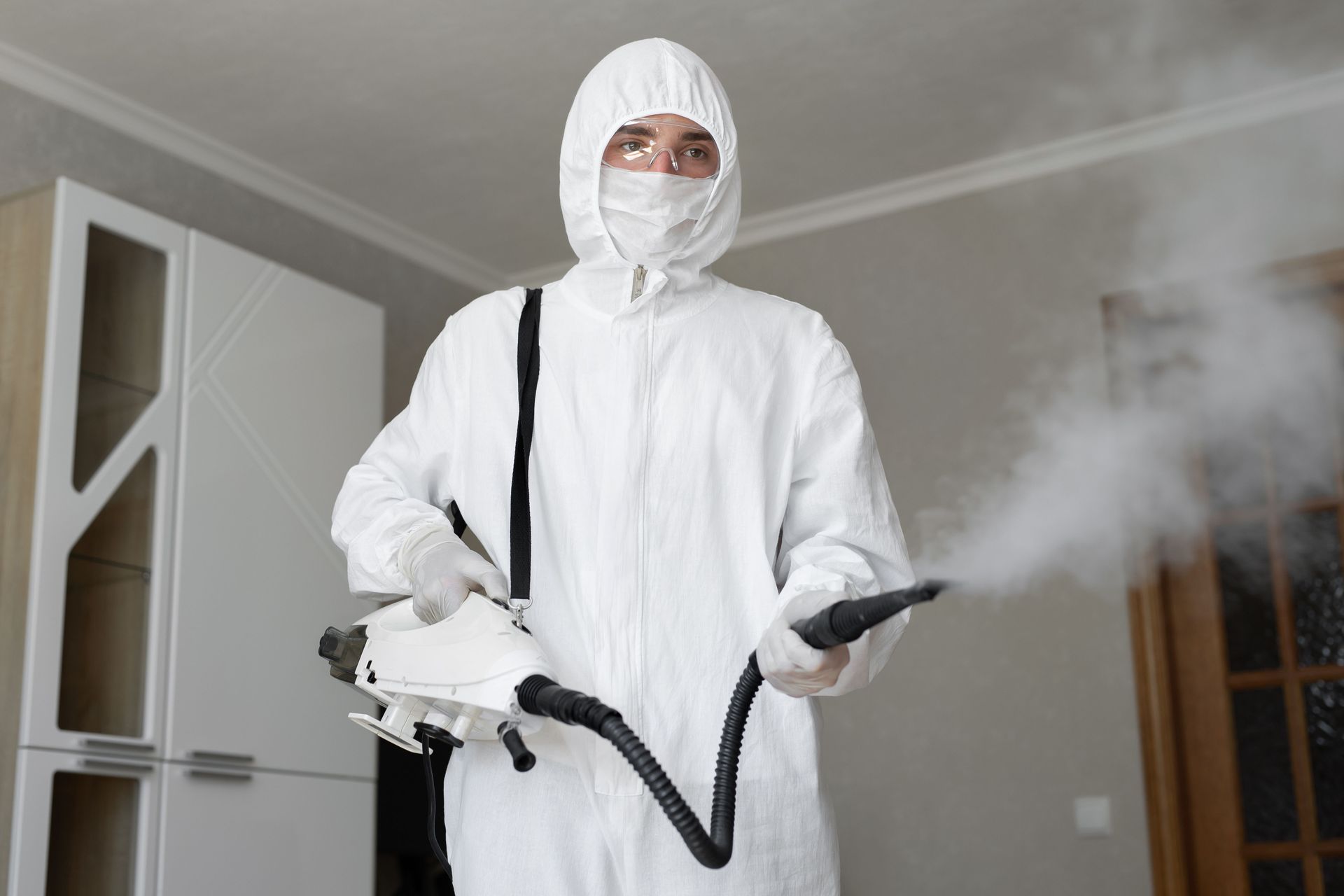
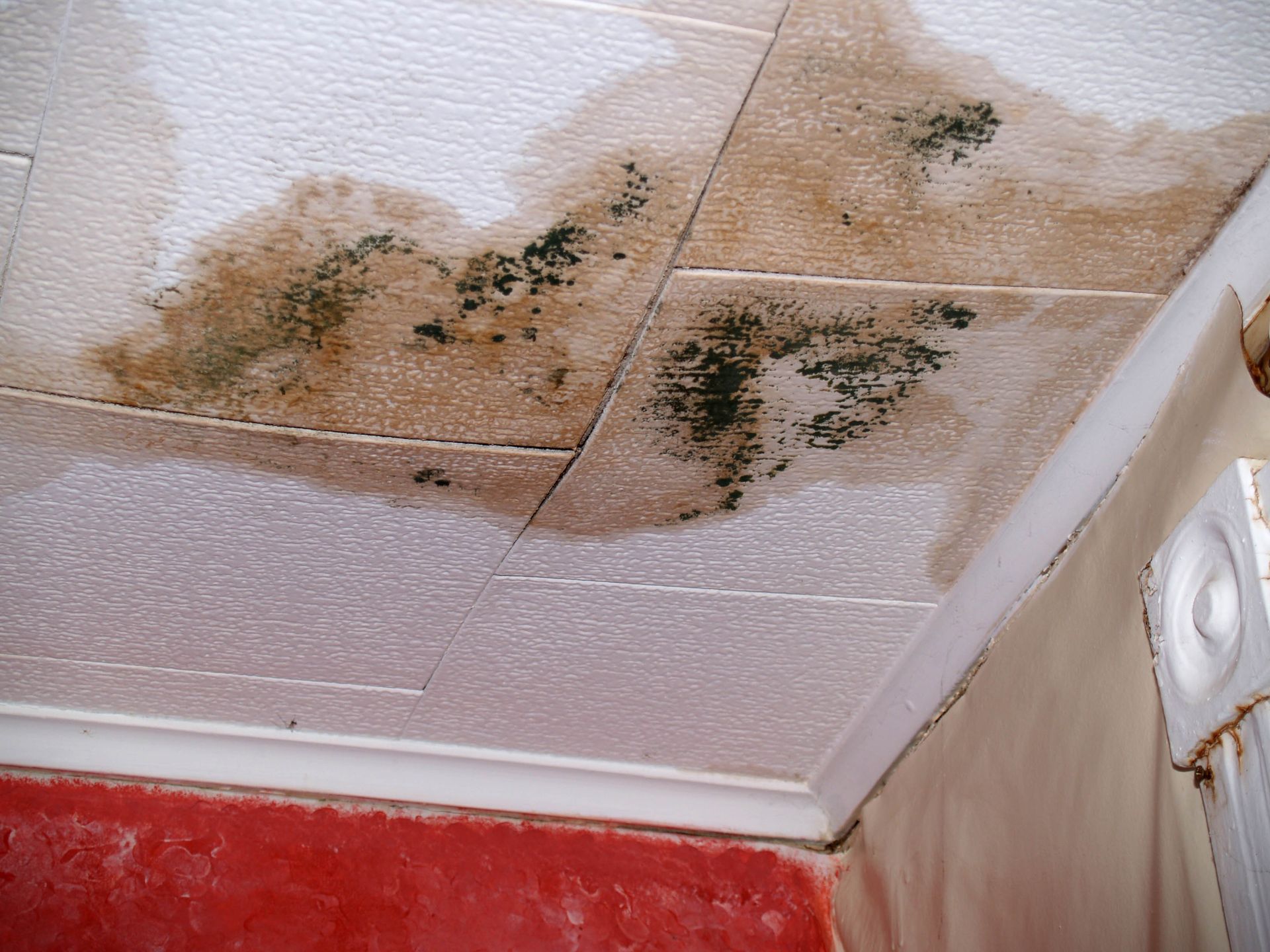

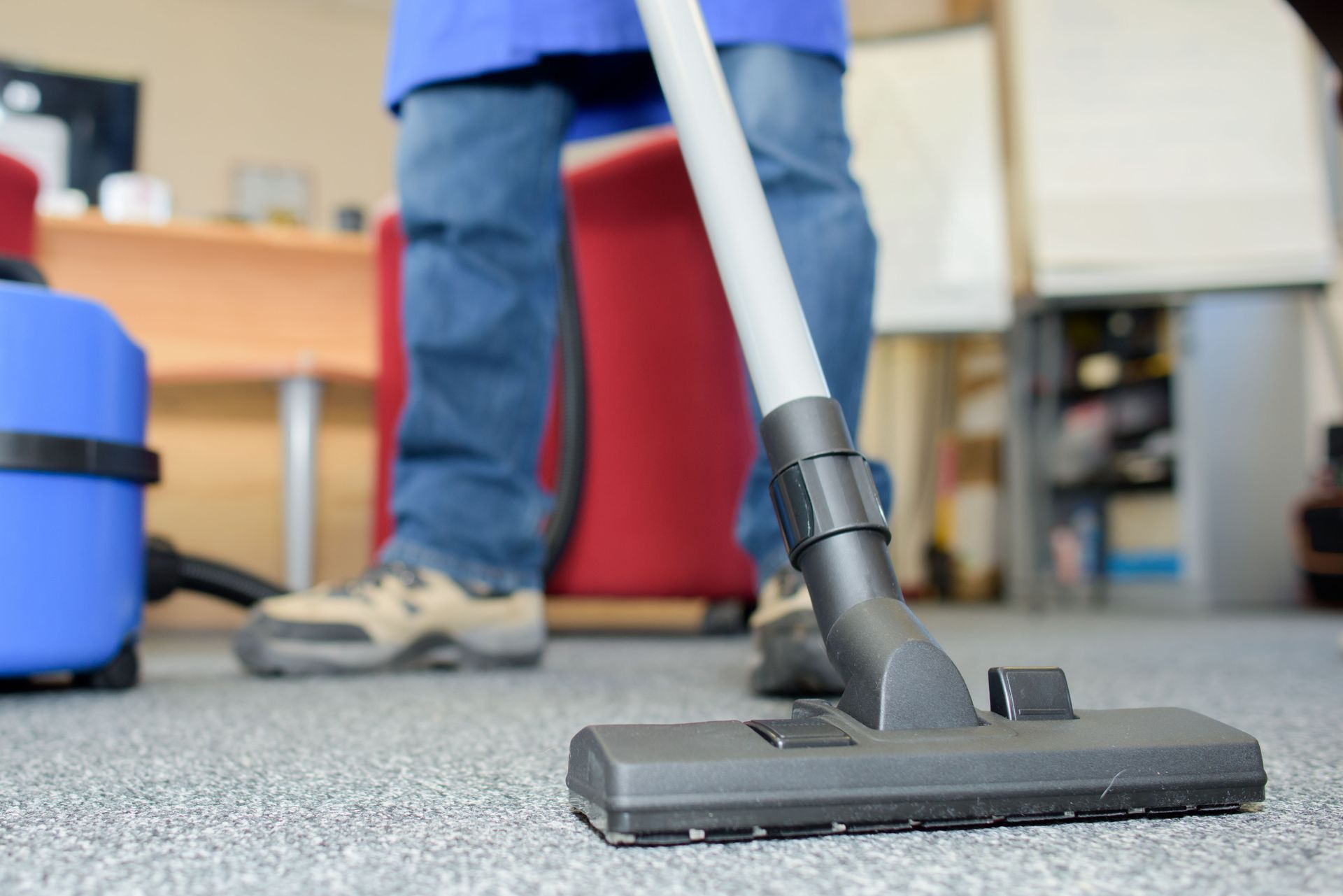
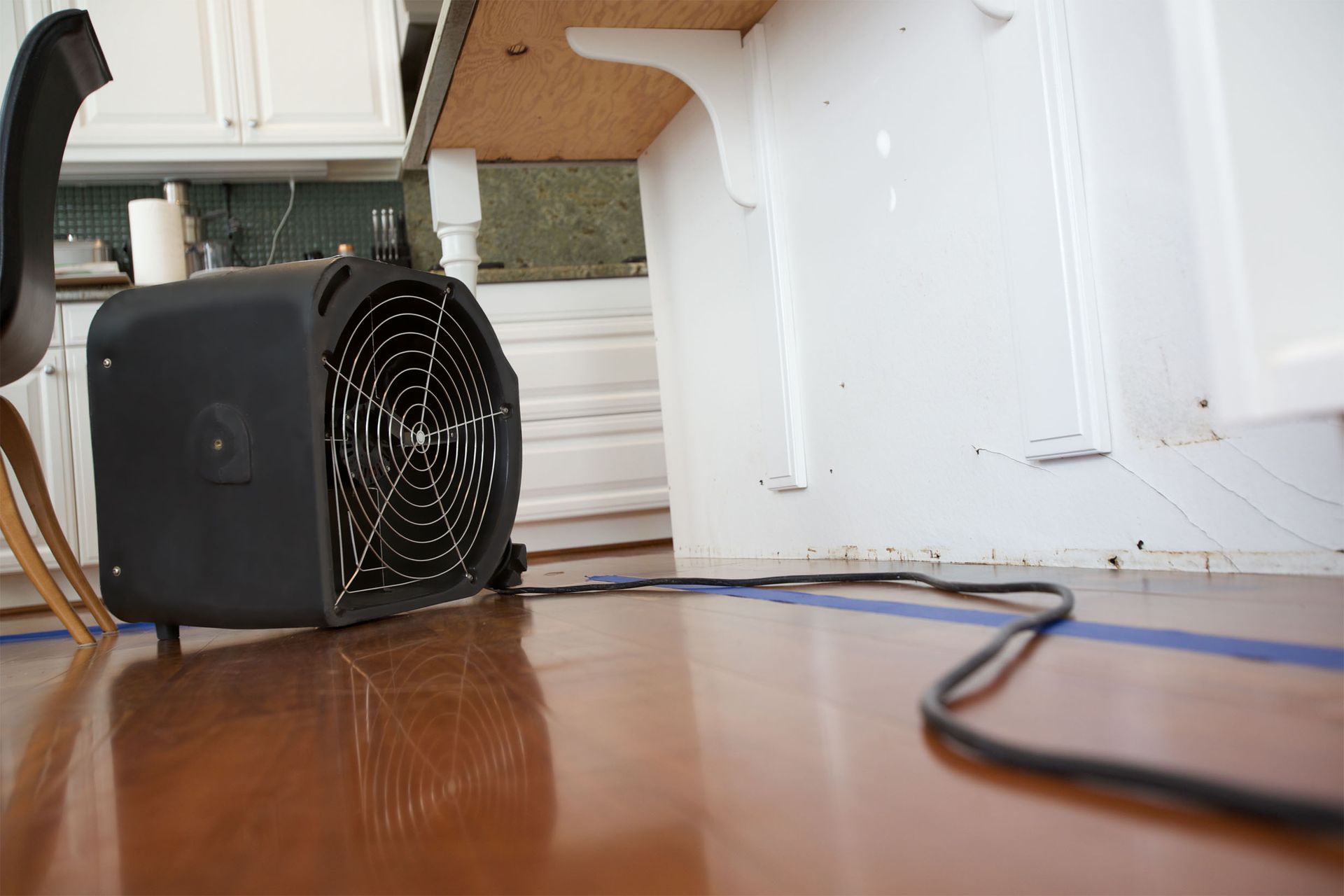
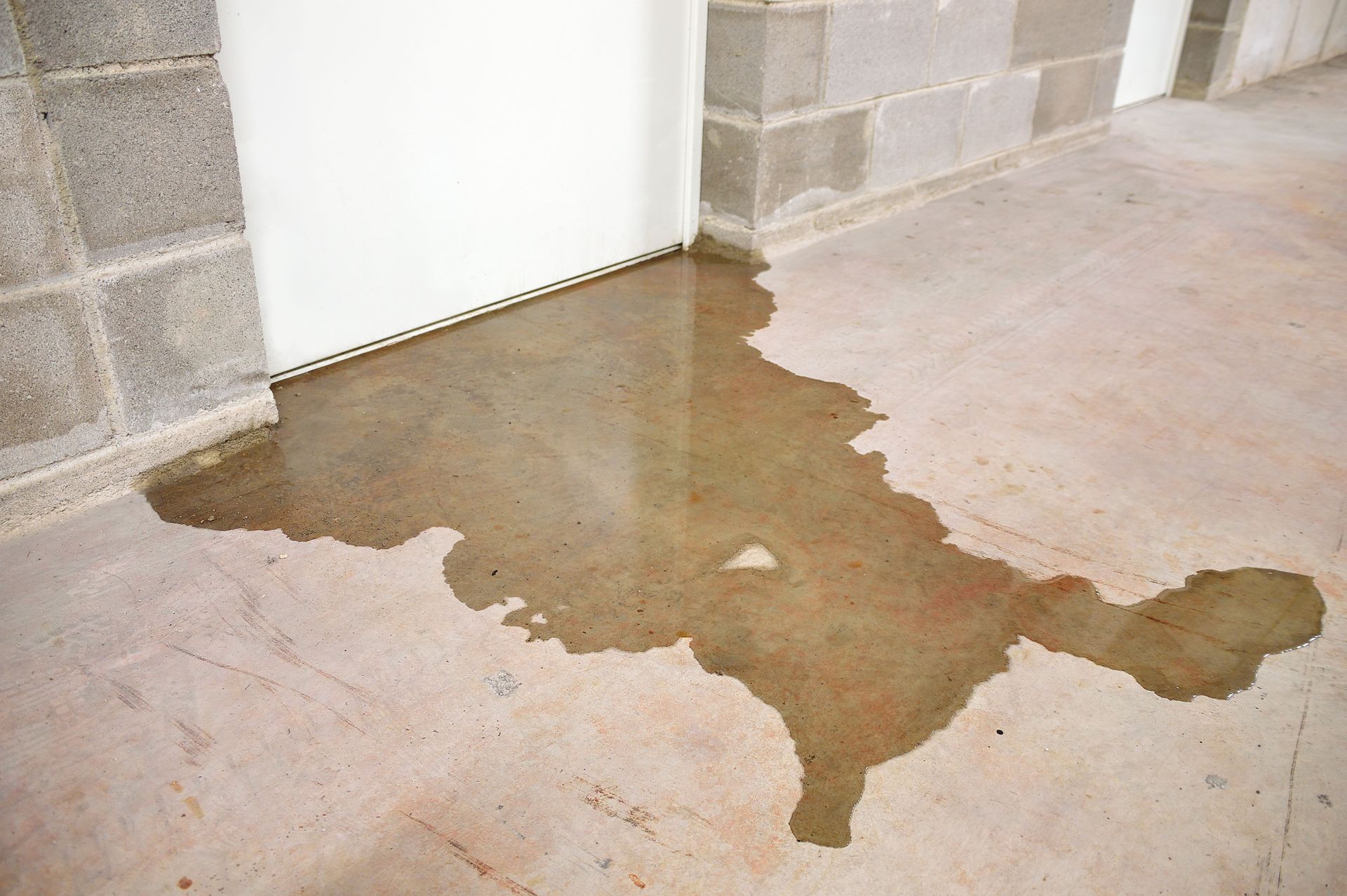
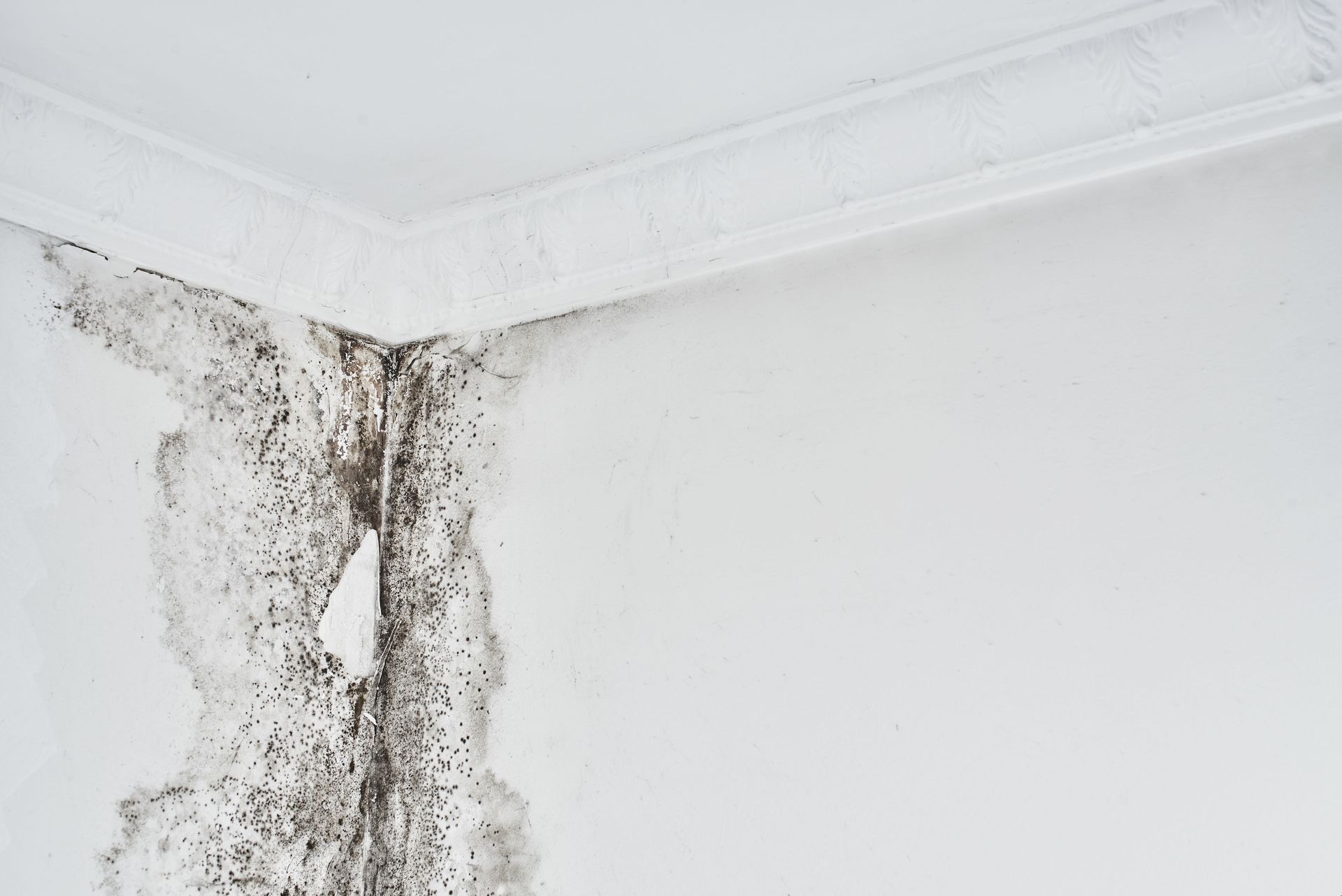
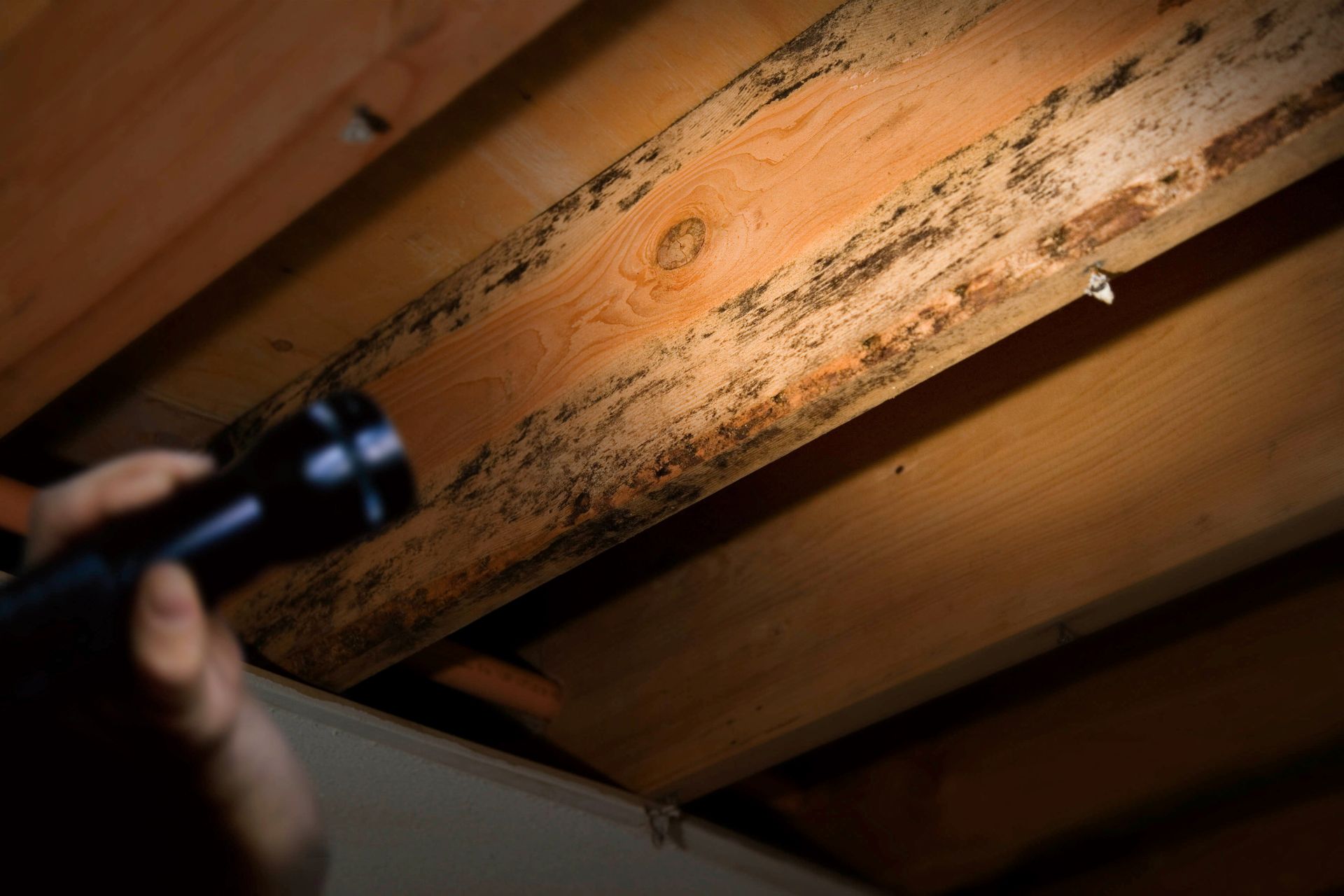
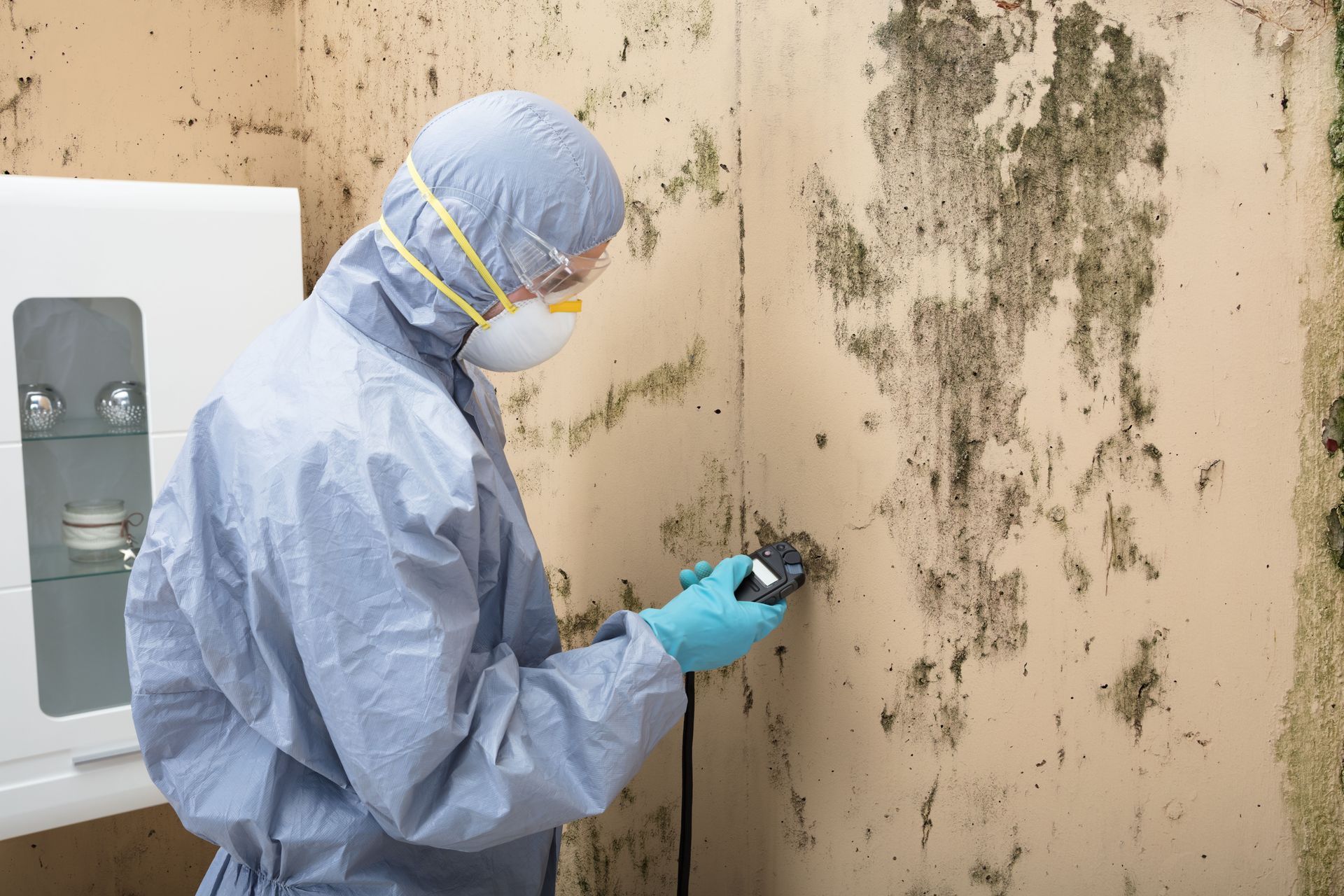
Share On: